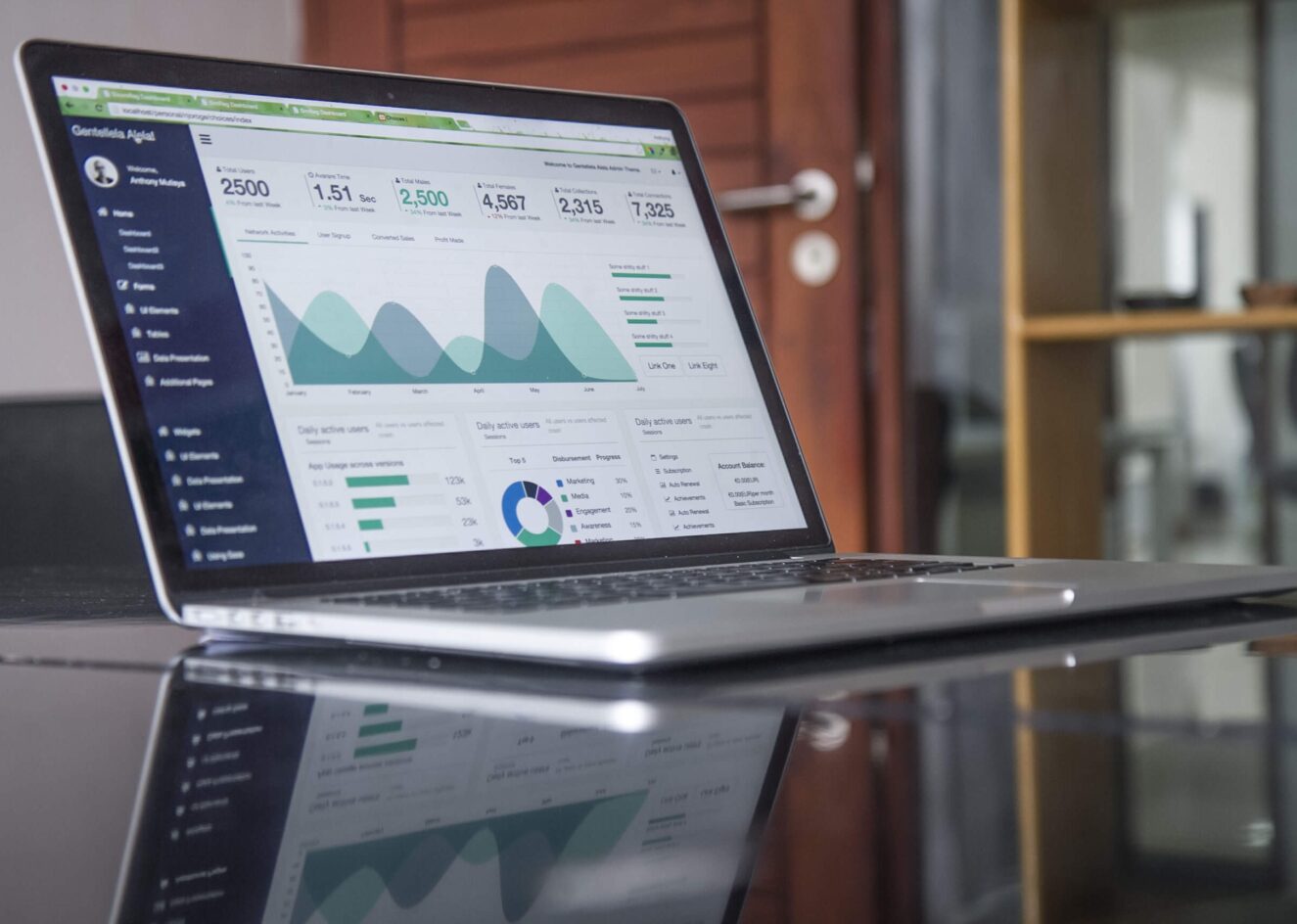
Boost search rankings & UX with through Internal linking for your website
So you’ve got your shiny new online store up and running, and you’ve even added that hot new product that everyone’s raving about. But now what?
You know that providing a good user experience is important, but you also need to get people to link to your site if you want your product to be found. The thing is, who wants to link to a boring product page?
Most category pages are just extended product pages too, which means they’re not exactly linkable assets.
Sure, some people might link to those pages, and if you create content for external sites, you can work them in naturally with a little practice. But if you want to create a powerhouse that sucks up organic traffic and produces the kind of sales your competitors dream about, you need to create content that people will actually want to link to. And that’s what we’re going to talk about today.
First, it’s important to understand that when an external site links to any page on your site, it gives you a certain amount of “power” that can be shared with other pages on the site. Internal linking is how you share this power with other pages. By strategically sharing the power while creating a smooth process for shoppers, both your rankings and user experience will improve as a result.
So how do you create content that people will link to? Well, you need to do some keyword research and create buyer guides that are driven by those keywords. Google is a great tool for both shoppers and sellers, as long as you know where to look. Unless you’ve invented a brand new product that nobody’s ever heard of, you can find out why and how people are searching. For example, if you sell dresses, you can search for “best dress for” to see what people are looking for.
Once you’ve found the core problems your store can solve, you can create a piece of content around it. For example, if you offer several dresses that work great with a “pear shaped” body type, you could create a guide on “best dresses for pear shaped bodies” that covers some of the options you offer for each body type and why that type of dress is good for that body type. But before you start writing, it’s important to see what’s already working. Check out the top 5-10 sites for your chosen keyword, export the raw data for each, and compile a list of potential terms that you can use for headings and throughout your content.
The more informative, authentic, and helpful your guide is, the more people will be willing to link to it. The power you can share internally goes up each time an external site links to your guide, so this is very important. To make the most of any new links you secure, you want to make sure your internal links are set up correctly. The hierarchy of an online store typically contains a main category page, a sub-category page, and a product page, as well as FAQ pages, about pages, buyer guides, and blog posts. Traditional ecommerce link building strategies would focus on getting links to category, sub-category, or product pages. However, since you’ve created an epic buyer guide that helps people find the perfect product, you should promote that asset instead.

Within your guide, pick some of your best sellers that fit and link to them from within the guide. The authority gained from external links pointing to your buyer guide will flow through to your product and category pages, which looks 100% natural. This means that if you change products or even remove a category, you simply go back and update the buyer’s guide. This will give your new pages a boost.
In some cases, you may need to build some links directly to a page to crack the coveted top three positions. In these cases, guest posting or blogger outreach are going to be the two most effective means of building links.
But remember, the internet is overflowing with “how to” guides ranging from impractical to overwhelmingly informative. While it’s important to understand the fundamentals, failing to take any action will most certainly result in failure. Even if your first guide only gains a few links through outreach, ask for feedback, find out why people didn’t love it, and try again.
If you don’t have time to waste on trial and error, you can always hire a professional. But if you do have time to tackle this yourself, get started, share your content, and improve it along the way. With a little bit of effort and some creativity, you can create content that people will love and that will help your online store thrive.





